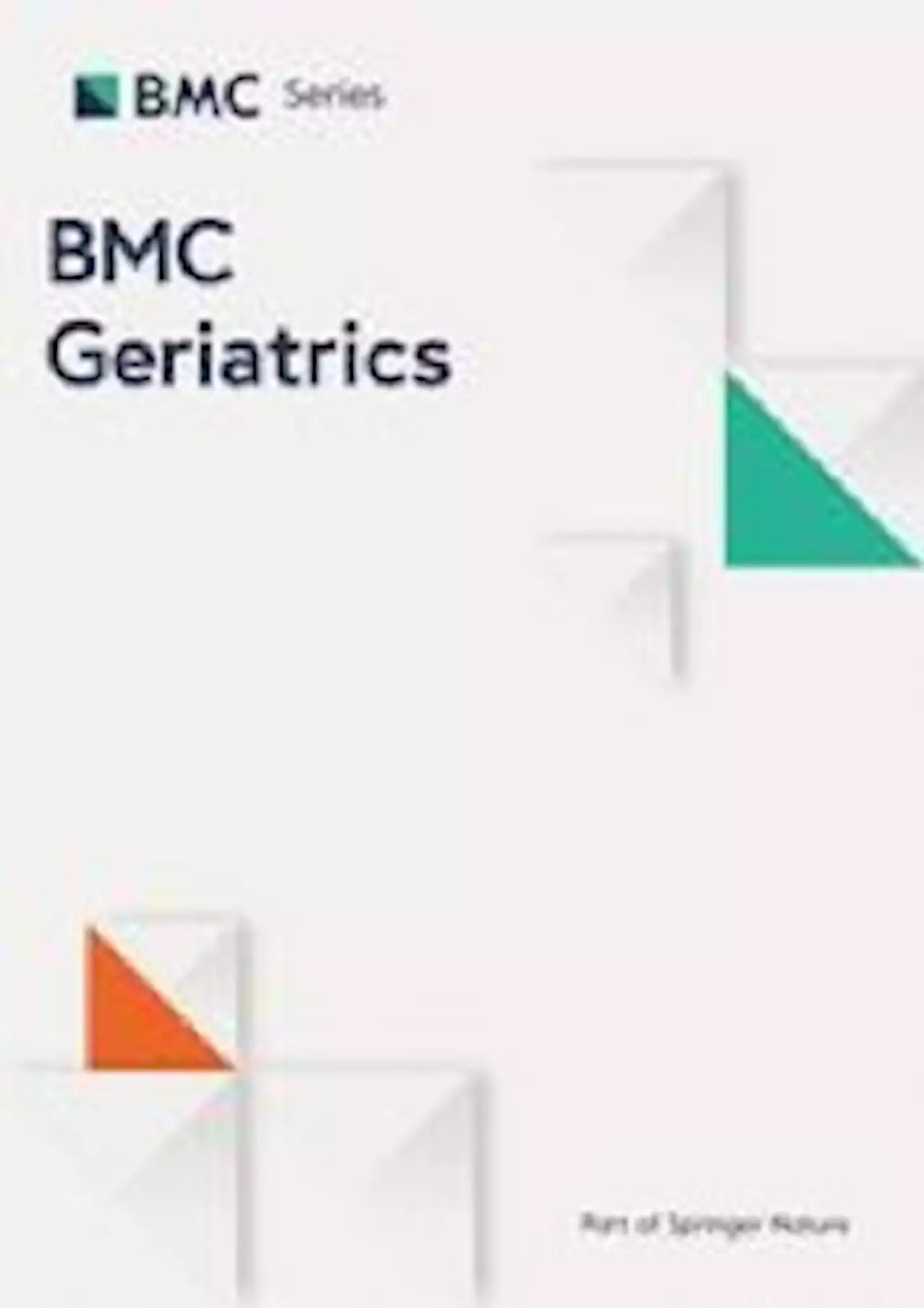A study in BMCAnesthesiol reports mortality of 19.9% between flail chest injury patients at a tertiary care hospital in Egypt. Sepsis, concomitant head injury, and higher injury severity score are the independent risk factors here.
One of the worst types of severe chest injuries seen by clinicians is flail chest. This study aims to measure the overall mortality rate among flail chest patients and then to correlate mortality with several demographic, pathologic, and management factors.A retrospective observational study tracked a total of 376 flail chest patients admitted to the emergency intensive care unit and surgical intensive care unit at Zagazig University over 120 months.
The shorter onset of MV and chest tube insertion, and the longer ICU, and hospital length of stay were noted in the mortality group compared with the survived group . Concomitant head injuries, associated surgeries, pneumonia, pneumothorax, sepsis, lung and myocardial contusion, standard fluid therapy, and steroid therapy were significantly correlated with mortality . MV had no statistically significant effect on mortality.
Belgique Dernières Nouvelles, Belgique Actualités
Similar News:Vous pouvez également lire des articles d'actualité similaires à celui-ci que nous avons collectés auprès d'autres sources d'information.
 Predictor of cognitive impairment: metabolic syndrome or circadian syndrome - BMC GeriatricsBackground It was reported that metabolic syndrome increases the risk for cognitive impairment and circadian rhythm may influence cognition behavior. Identifying the potential risk factors is essential to screen individuals with neuronal dysfunction, neuronal loss, and cognitive decline and prevent cognitive impairment and dementia development. Methods We clarified participants by the presence of metabolic syndrome (MetS) and circadian syndrome (CircS) and employed three multivariable Generalized Estimating Equation (GEE) models to control the potential confounding factors and estimate the β values for cognitive function using as referents those had neither MetS nor CircS at baseline. The cognitive function consists of episodic memory and executive function was estimated via the modified Telephone Interview for Cognitive Status (TICS) every two years until 2015. Results The mean age of the participants was 58.80 (8.93) years and 49.92% (male). The prevalence of MetS and CircS was 42.98% and 36.43%, respectively. 1,075 (11.00%) and 435 (4.45%) participants had either MetS or CircS alone and 3,124 (31.98%) had both CircS and MetS. Participants with both MetS and CircS compared with normal had a significantly decreased cognitive function score during the 4-years cohort (β=-0.32, 95% CI: -0.63, -0.01) with the complete model, as well as among participants who suffered from CircS alone (β=-0.82, 95% CI: -1.47, -0.16), while not among participants with MetS alone (β = 0.13, 95% CI: -0.27, 0.53). Specifically, compared with the normal population a significantly lower score was discovered in the episodic memory (β=-0.51, 95% CI: -0.95, -0.07), while slightly lower in executive function (β=-0.33, 95% CI: -0.68, -0.01) among individuals with CircS alone. Conclusions Individuals with CircS alone or both MetS and CircS have a high risk of cognitive impairment. The association was even stronger in participants with CircS alone than those with both MetS and CircS, suggesting Circ
Predictor of cognitive impairment: metabolic syndrome or circadian syndrome - BMC GeriatricsBackground It was reported that metabolic syndrome increases the risk for cognitive impairment and circadian rhythm may influence cognition behavior. Identifying the potential risk factors is essential to screen individuals with neuronal dysfunction, neuronal loss, and cognitive decline and prevent cognitive impairment and dementia development. Methods We clarified participants by the presence of metabolic syndrome (MetS) and circadian syndrome (CircS) and employed three multivariable Generalized Estimating Equation (GEE) models to control the potential confounding factors and estimate the β values for cognitive function using as referents those had neither MetS nor CircS at baseline. The cognitive function consists of episodic memory and executive function was estimated via the modified Telephone Interview for Cognitive Status (TICS) every two years until 2015. Results The mean age of the participants was 58.80 (8.93) years and 49.92% (male). The prevalence of MetS and CircS was 42.98% and 36.43%, respectively. 1,075 (11.00%) and 435 (4.45%) participants had either MetS or CircS alone and 3,124 (31.98%) had both CircS and MetS. Participants with both MetS and CircS compared with normal had a significantly decreased cognitive function score during the 4-years cohort (β=-0.32, 95% CI: -0.63, -0.01) with the complete model, as well as among participants who suffered from CircS alone (β=-0.82, 95% CI: -1.47, -0.16), while not among participants with MetS alone (β = 0.13, 95% CI: -0.27, 0.53). Specifically, compared with the normal population a significantly lower score was discovered in the episodic memory (β=-0.51, 95% CI: -0.95, -0.07), while slightly lower in executive function (β=-0.33, 95% CI: -0.68, -0.01) among individuals with CircS alone. Conclusions Individuals with CircS alone or both MetS and CircS have a high risk of cognitive impairment. The association was even stronger in participants with CircS alone than those with both MetS and CircS, suggesting Circ
Lire la suite »
 Sniffer dogs can identify lung cancer patients from breath and urine samples - BMC CancerBackground Lung cancer is the most common oncological cause of death in the Western world. Early diagnosis is critical for successful treatment. However, no effective screening methods exist. A promising approach could be the use of volatile organic compounds as diagnostic biomarkers. To date there are several studies, in which dogs were trained to discriminate cancer samples from controls. In this study we evaluated the abilities of specifically trained dogs to distinguish samples derived from lung cancer patients of various tumor stages from matched healthy controls. Methods This single center, double-blind clinical trial was approved by the local ethics committee, project no FF20/2016. The dog was conditioned with urine and breath samples of 36 cancer patients and 150 controls; afterwards, further 246 patients were included: 41 lung cancer patients comprising all stages and 205 healthy controls. From each patient two breath and urine samples were collected and shock frozen. Only samples from new subjects were presented to the dog during study phase randomized, double-blinded. This resulted in a specific conditioned reaction pointing to the cancer sample. Results Using a combination of urine and breath samples, the dog correctly predicted 40 out of 41 cancer samples, corresponding to an overall detection rate of cancer samples of 97.6% (95% CI [87.1, 99.9%]). Using urine samples only the dog achieved a detection rate of 87.8% (95% CI [73.8, 95.9%]). With breath samples, the dog correctly identified cancer in 32 of 41 samples, resulting in a detection rate of 78% (95% CI [62.4, 89.4%]). Conclusions It is known from current literature that breath and urine samples carry VOCs pointing to cancer growth. We conclude that olfactory detection of lung cancer by specifically trained dogs is highly suggestive to be a simple and non-invasive tool to detect lung cancer. To translate this approach into practice further target compounds need to be identified.
Sniffer dogs can identify lung cancer patients from breath and urine samples - BMC CancerBackground Lung cancer is the most common oncological cause of death in the Western world. Early diagnosis is critical for successful treatment. However, no effective screening methods exist. A promising approach could be the use of volatile organic compounds as diagnostic biomarkers. To date there are several studies, in which dogs were trained to discriminate cancer samples from controls. In this study we evaluated the abilities of specifically trained dogs to distinguish samples derived from lung cancer patients of various tumor stages from matched healthy controls. Methods This single center, double-blind clinical trial was approved by the local ethics committee, project no FF20/2016. The dog was conditioned with urine and breath samples of 36 cancer patients and 150 controls; afterwards, further 246 patients were included: 41 lung cancer patients comprising all stages and 205 healthy controls. From each patient two breath and urine samples were collected and shock frozen. Only samples from new subjects were presented to the dog during study phase randomized, double-blinded. This resulted in a specific conditioned reaction pointing to the cancer sample. Results Using a combination of urine and breath samples, the dog correctly predicted 40 out of 41 cancer samples, corresponding to an overall detection rate of cancer samples of 97.6% (95% CI [87.1, 99.9%]). Using urine samples only the dog achieved a detection rate of 87.8% (95% CI [73.8, 95.9%]). With breath samples, the dog correctly identified cancer in 32 of 41 samples, resulting in a detection rate of 78% (95% CI [62.4, 89.4%]). Conclusions It is known from current literature that breath and urine samples carry VOCs pointing to cancer growth. We conclude that olfactory detection of lung cancer by specifically trained dogs is highly suggestive to be a simple and non-invasive tool to detect lung cancer. To translate this approach into practice further target compounds need to be identified.
Lire la suite »
 Arlene Foster says not enough consideration given to impact of Covid lockdown“The devastating impact that Covid had on so many families in Northern Ireland stays with me'
Arlene Foster says not enough consideration given to impact of Covid lockdown“The devastating impact that Covid had on so many families in Northern Ireland stays with me'
Lire la suite »
 Brand Impact Awards 2023 deadline extended to July 14Brand Impact Awards deadline extension! You have until July 14 to submit the best of branding design.
Brand Impact Awards 2023 deadline extended to July 14Brand Impact Awards deadline extension! You have until July 14 to submit the best of branding design.
Lire la suite »
 Earth moves closer to Anthropocene epoch as surface shows indelible impact of human activityA team of experts has concluded that the Anthropocene is visible globally in the top sediment layer of the Earth's surface, starting in the 1950s.
Earth moves closer to Anthropocene epoch as surface shows indelible impact of human activityA team of experts has concluded that the Anthropocene is visible globally in the top sediment layer of the Earth's surface, starting in the 1950s.
Lire la suite »
 The Overlooked Environmental Impact of VapingE-cigarettes, and particularly disposable vapes, generate lots of waste and are bad for the environment, a new report says
The Overlooked Environmental Impact of VapingE-cigarettes, and particularly disposable vapes, generate lots of waste and are bad for the environment, a new report says
Lire la suite »
